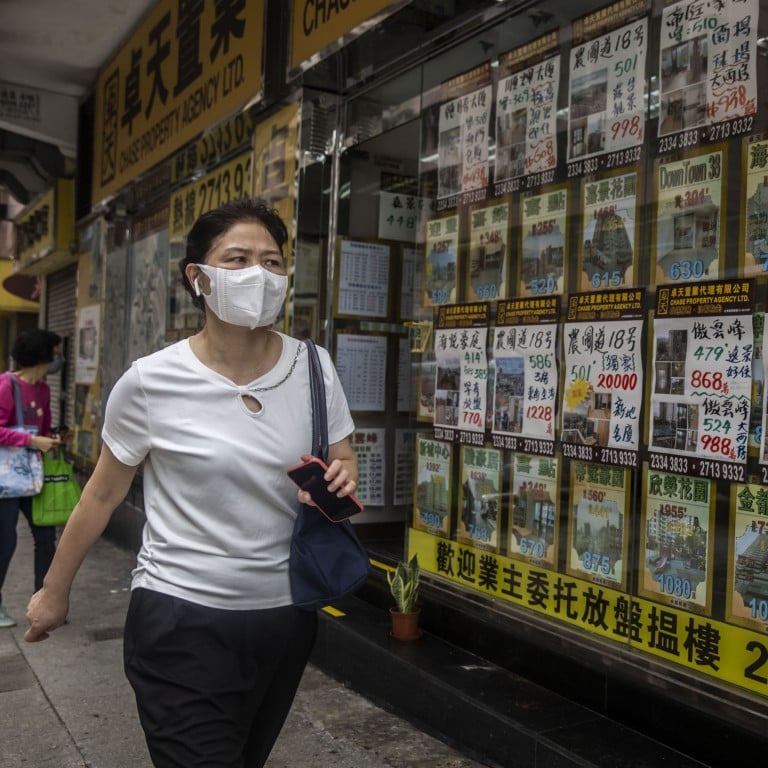
Why Hong Kong must ditch the US dollar peg and switch to the yuan now
- Hong Kong risks being increasingly led by US monetary policy, which could see property prices and the economy come crashing down
- Switching to the yuan would mean stability and a unique chance to ride the currency’s rise before it becomes fully convertible
Beijing’s primary concern is its ability to control the yuan exchange rate. If the offshore component is too big, it may lose control. Given China’s foreign exchange reserves of US$3.2 trillion, and a current account surplus of over US$400 billion, adding Hong Kong to the offshore yuan world appears manageable. The yuan will become fully convertible one day anyway – a Hong Kong switch to the yuan could be a desirable transition.
Should the Hong Kong Monetary Authority lack sufficient forex reserves to finance the switch, borrowing from the People’s Bank of China would be a mere technical detail as long as Beijing supports the change.
But if Hong Kong sticks to the dollar peg, its economy and asset markets could run into a severe storm.
In the three decades the US Federal Reserve has been playing Santa Claus, its money printing has had little effect on inflation while offshoring has weighed down wages and prices. But things came to a head with the pandemic as the Fed and other central banks shovelled money out of the door, leading to a massive monetary overhang.
As the supply-demand balance shifted to generate inflation, a generation of central bankers who had never seen inflation did not appear to want to recognise the problem for a year. When they began to raise interest rates, it was too little, too late.
The Anglo-Saxon economies have the most toxic brew for inflation: a structural labour shortage, strong corporate pricing power and a massive monetary overhang.
With falling real wages and rising welfare benefits, the worker shortage will remain as long as real wages fail to keep pace with inflation, giving workers more power to switch jobs and push up wages – they are unlikely to absorb the loss to put a lid on inflation.
The market consolidation and economic monopolisation of the past three decades have also boosted the power of businesses, letting them pass on rising labour and material costs through price increases.
As labour and businesses both have strong pricing power, real interest rates must be high to hold off a wage-price spiral. But real interest rates remain negative. Worryingly, the massive monetary overhang from past quantitative-easing exercises means plenty of fuel for inflation.
Inevitable US recession means global growth needs urgent care
There is talk of a coming recession and how it will hit demand and dampen inflation. This is unlikely. The labour shortage is here to stay; any recession would come with full employment, and inflationary pressure is unlikely to ease. Stagflation is likelier.
Alternatively, US inflation could surge to above 10 per cent and stay there. Desperate workers facing falling real wages could kick off massive industrial action. That would force the Fed to raise the interest rate beyond 10 per cent too – the consequences for Hong Kong are easy to see.
Hong Kong does not have much time to inoculate itself from the coming financial storms. If it does not take cover ahead of the time, like before 1997, it will be a sitting duck.
Andy Xie is an independent economist

